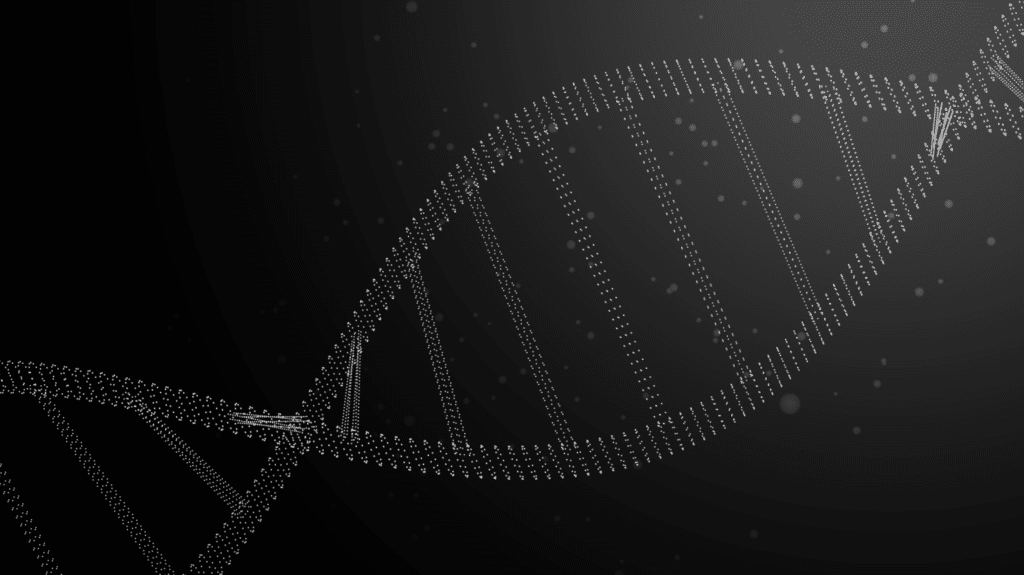
Memory loss, especially when associated with aging and neurodegenerative diseases like Alzheimer’s, is a significant concern for many individuals. Traditional treatments often aim to slow down the progression of cognitive decline, but emerging therapies offer the promise of not only halting but potentially reversing these effects. Hyperbaric Oxygen Therapy (HBOT) is one such promising treatment that has garnered attention for its potential benefits in improving memory loss. Here’s a closer look at how HBOT works and its impact on memory and cognitive function.
What is Hyperbaric Oxygen Therapy (HBOT)?
Hyperbaric Oxygen Therapy involves breathing pure oxygen in a pressurized chamber. The increased atmospheric pressure allows a greater amount of oxygen to dissolve in the blood plasma, which enhances the delivery of oxygen to tissues throughout the body, including the brain. This elevated oxygen availability promotes healing, reduces inflammation, and supports cellular repair and regeneration.
Mechanisms of HBOT in Memory Improvement
1. Enhanced Oxygen Supply to the Brain
One of the primary ways HBOT may help improve memory loss is by increasing the oxygen supply to the brain. The brain is highly sensitive to oxygen levels, and improved oxygenation can enhance neuronal function and energy production. This support of cognitive processes may help restore and improve impaired memory functions.
2. Reduction of Inflammation
Chronic inflammation is a key factor in the progression of neurodegenerative diseases and cognitive decline. HBOT has been shown to reduce inflammation by downregulating pro-inflammatory cytokines and promoting anti-inflammatory pathways. By decreasing inflammation, HBOT can help alleviate damage to brain cells, which is crucial for improving cognitive functions and memory.
3. Neurogenesis and Synaptic Plasticity
HBOT stimulates neurogenesis, the process of generating new neurons in the brain, and enhances synaptic plasticity, the ability of synapses (the connections between neurons) to strengthen or weaken over time. These processes are vital for learning and memory formation. By promoting neurogenesis and synaptic plasticity, HBOT can help improve memory and cognitive functions.
4. Repair of Damaged Brain Tissue
HBOT facilitates the repair of damaged brain tissues by promoting the release of growth factors and stem cells. These factors contribute to the regeneration of neuronal tissues and the formation of new blood vessels (angiogenesis), improving overall brain health and functionality. This repair process is essential for reversing the effects of memory loss.
